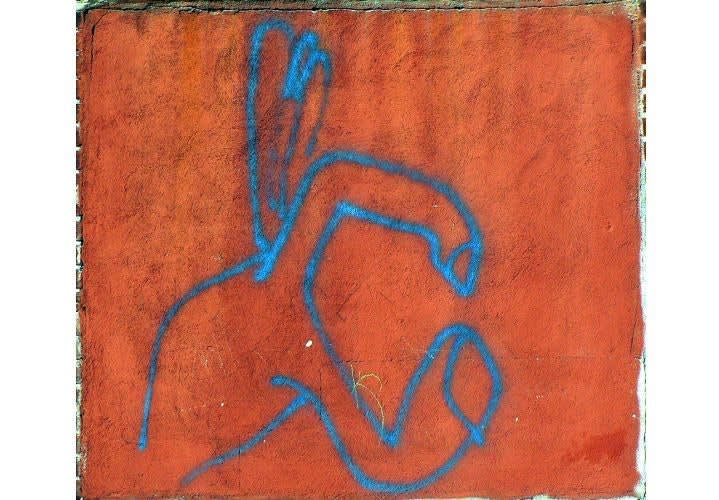Way back in 1996, Anchorage Alaska and the Mat-Su Chapter of the Alaskan Peace Officers Association recognized their growing gang problems and sponsored a weeklong gang school put on by detectives from the LASD Major Crimes Bureau.
The primary manifestation of gangs in Anchorage are various subsets of the Los Angeles-spawned Crips. These Alaskan Crips are not as territorial and turf oriented as Los Angeles Crips, but just as lethal. Recognizing the gang problem early and acting in a proactive way to train local cops in gang tactics has probably saved lives and helped prosecute many more gang members.
Even in the tropical paradise of Hawaii, gangs can become a problem. About this same period, I was working with the Drug Enforcement Administration (DEA) and my friend Agent Rudy Bareng in Maui. Local "Po Pos" (police) had become aware of a growing influx of Hispanic Sureños.
It turned out that Mexican Mafia members were using Sureño gang members to deliver large quantities of "ice" (meth), known locally as "Batoo," to the island from California.
In September of this year, 23 members of gangs such as Sureño-13, LA Quemada, MS-13, Brown Pride 13, Southside Locotes, Lejion Negra and Judas 13, were arrested during "Operation Community Shield" in Alabama in a sweep of Shelby, Jefferson and Morgan counties. Los Angeles-based MS-13, 18th Street; Bloods, Crips and the Chicago Latin Kings have been reported growing in both rural and urban Southern states like Virginia, Tennessee, Kentucky, Georgia, Florida, Texas, and the Carolinas. California gangs are moving into and proliferating all over the United States.












